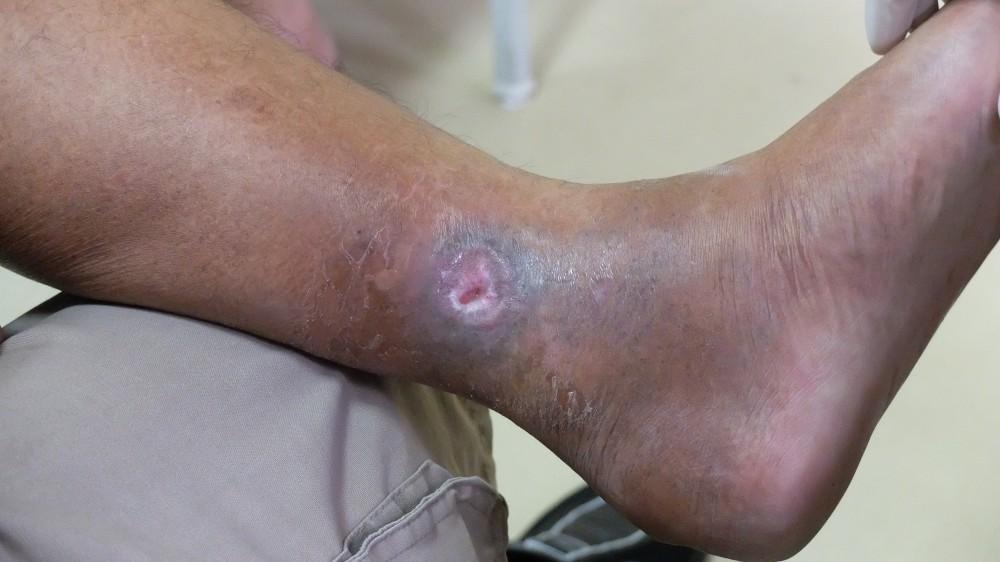
Do Ingrown Toenails Go Away on Their Own?

When your toenail starts to grow sideways into your skin, instead of covering your nail bed the way it should, you can end up with symptoms like redness, swelling, tenderness, pain, and even infection. The sharp edge of an ingrown toenail constantly irritates the skin by your nail bed.
How can you find relief for these symptoms? Waiting for the problem to go away on its own isn’t likely to work. At The Foot Care Group, Dr. Steve Sharlin and his team of podiatry experts can provide treatments for your ingrown toenails that can protect your foot health from complications like infection.
Dr. Sharlin treats new and existing patients from offices in Libertyville, Hinsdale, and the Streeterville community of Chicago, Illinois.
Why do you get ingrown toenails?
Ingrown toenails happen to some people more frequently than others, due to factors that can’t be helped, like heredity, as well as issues with footwear and nail trimming technique that can be adjusted with a professional podiatrist’s care.
If you frequently suffer from ingrown toenails, talk to Dr. Sharlin about what could be causing your painful problem, and how to treat the issue. You might need professional support when it comes to trimming tricky nails, or regular care to keep ingrown toenails from turning into more than just a painful problem.
Why you need professional care for ingrown toenails
It’s easy to hope that an ingrown toenail will get better on its own, but in many cases, you’ll need a podiatrist’s care to recover your full foot health.
You can try simple at-home remedies for ingrown toenails like warm soaks, but you should avoid trying to remove or cut away the problem toenail on your own. You could make the issue worse, creating more opportunity for infection, as well as greater tissue damage.
In order to prevent complications of ingrown toenails like infection, and to relieve your painful symptoms, get in touch with Dr. Sharlin and the team at The Foot Care Group. We understand the best way to remove ingrown toenails and restore your foot health.
Treatments for ingrown toenails
If your ingrown toenail isn’t too severe a problem yet, Dr. Sharlin may be able to treat it with simple splinting or padding to hold the irritated tissue away from the sharp edge of the protruding toenail.
In more severe cases, you could need an in-office surgical procedure to remove the problem toenail. Dr. Sharlin provides minimally invasive treatment, with plenty of support for your full recovery.
If you have an ingrown toenail, why not seek professional care and treatment now, instead of waiting for the issue to potentially worsen? Contact Dr. Sharlin at The Foot Care Group over the phone or online today and schedule an appointment now.
You Might Also Enjoy...


Can Hammertoes Be Corrected with Orthotics?

Can Cryotherapy Get Rid of My Plantar Warts?

I'm Embarrassed About My Toenail Fungus: What Can Help?

5 Bothersome Complications of Untreated Hammertoe

